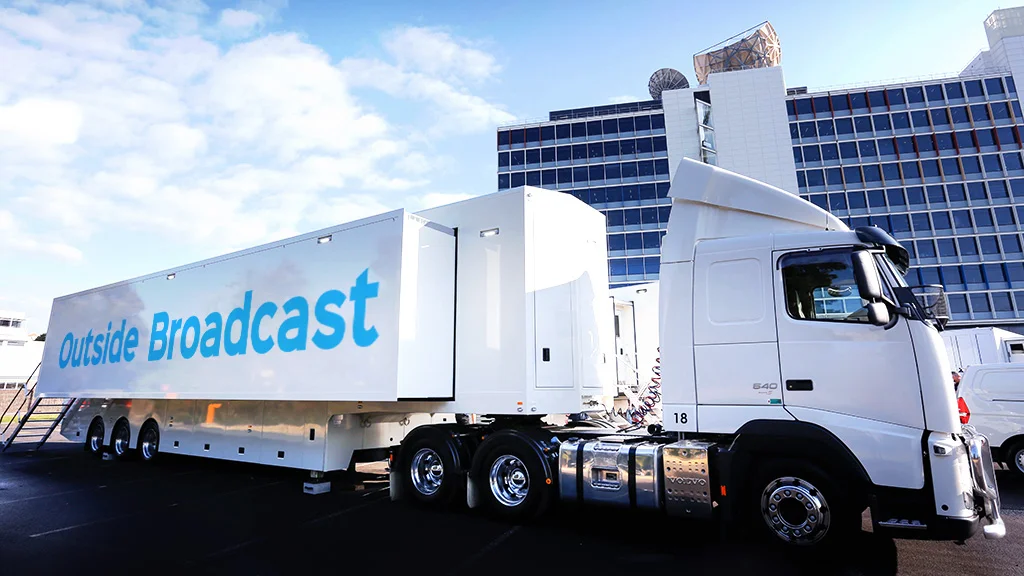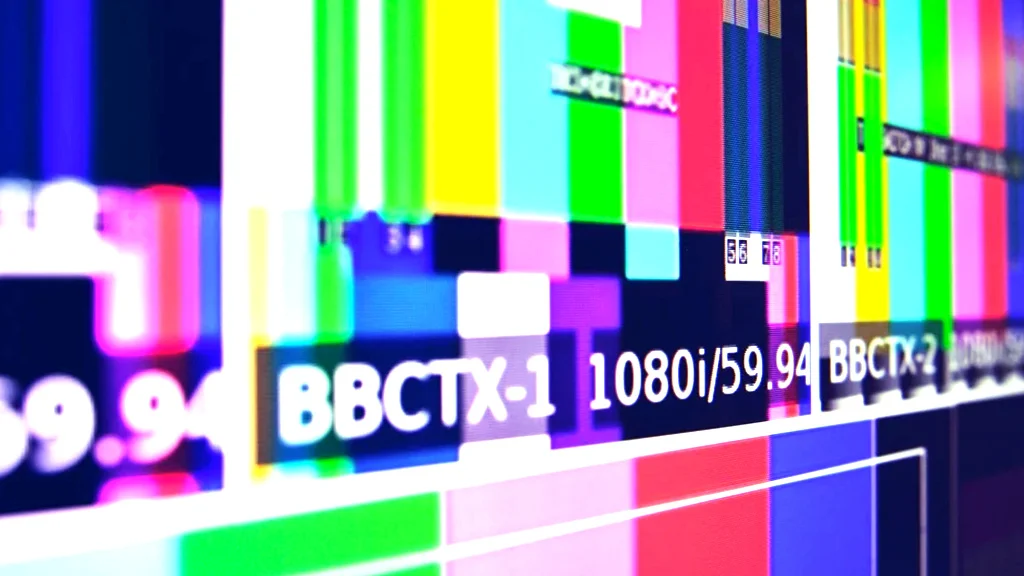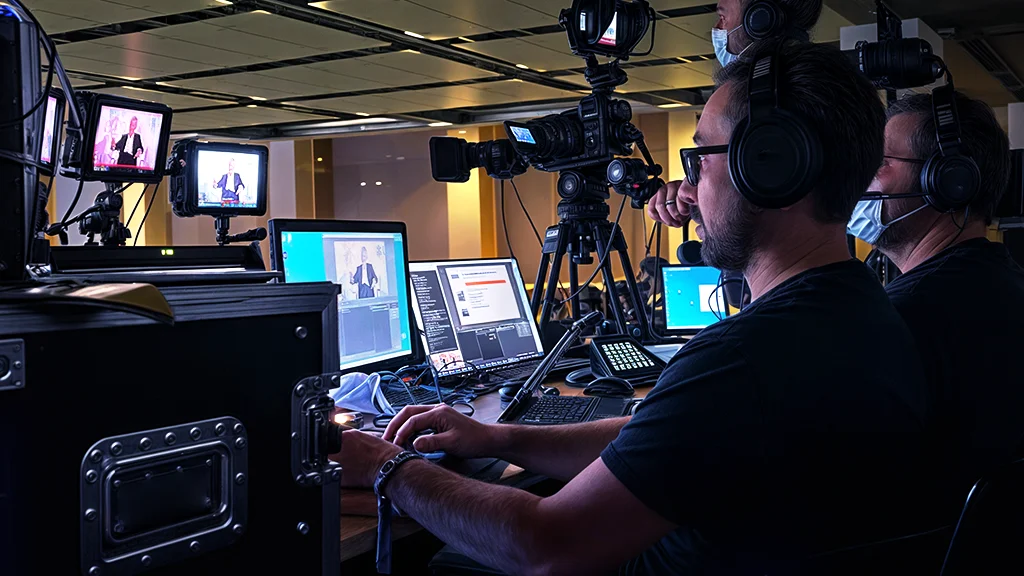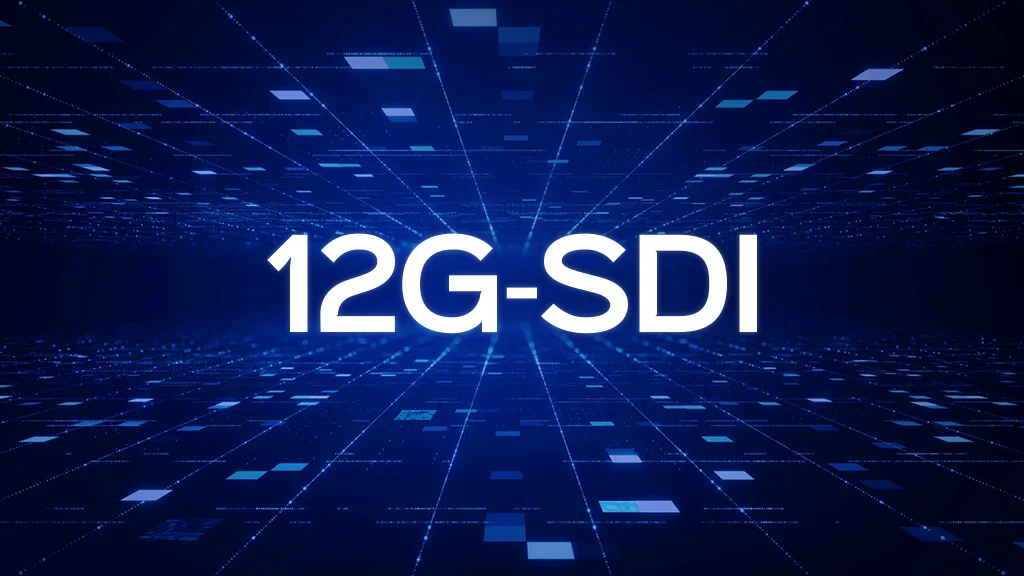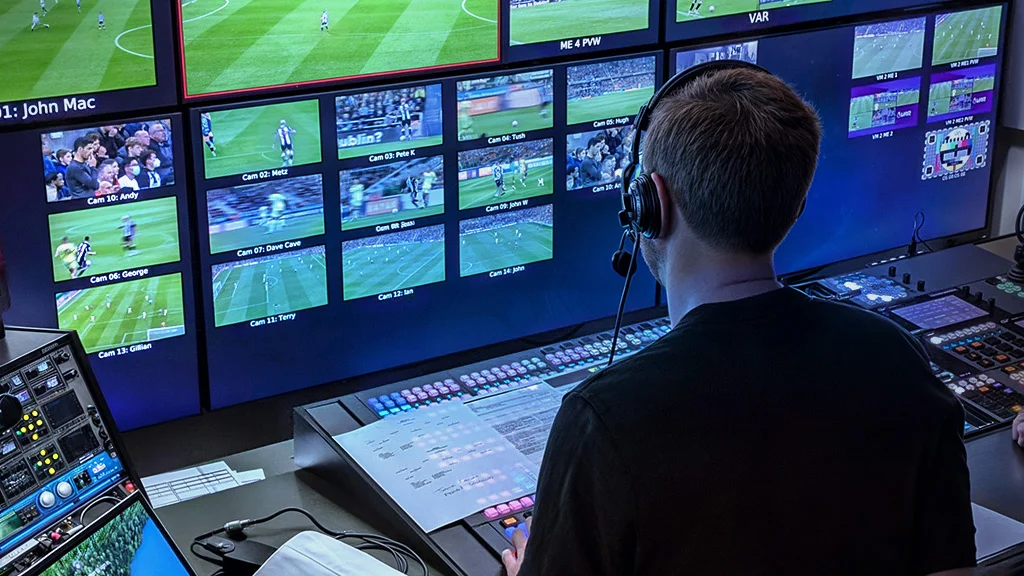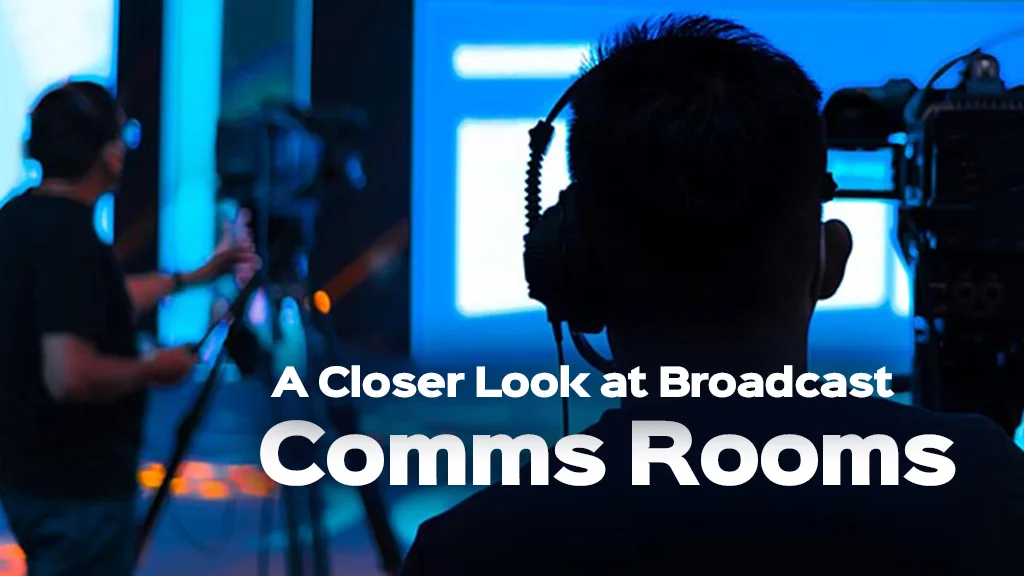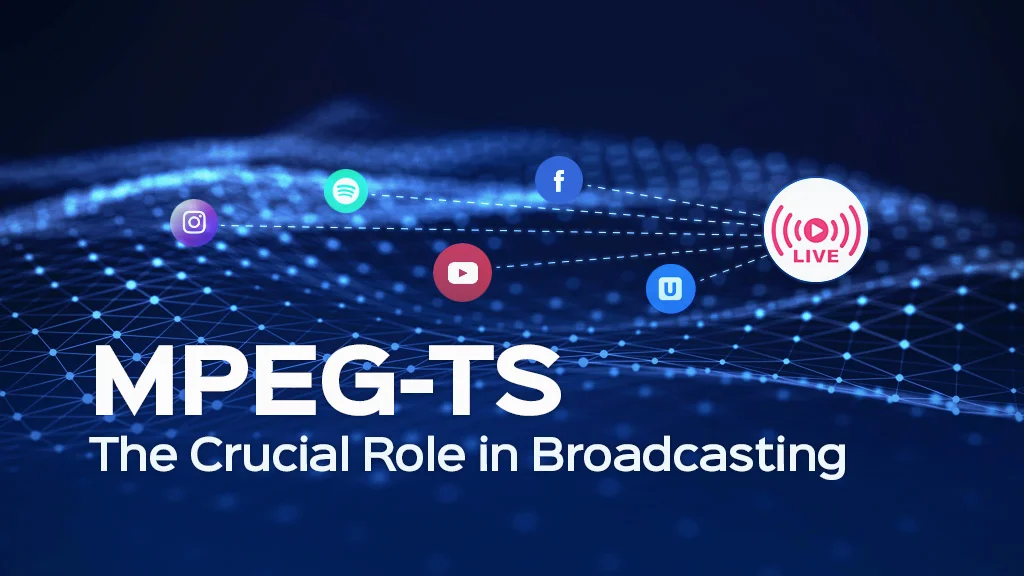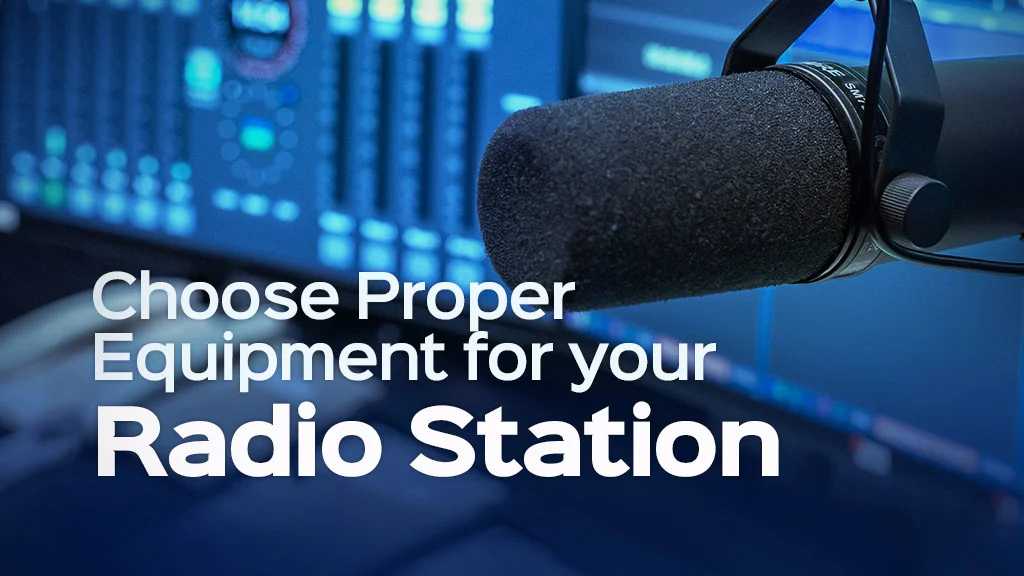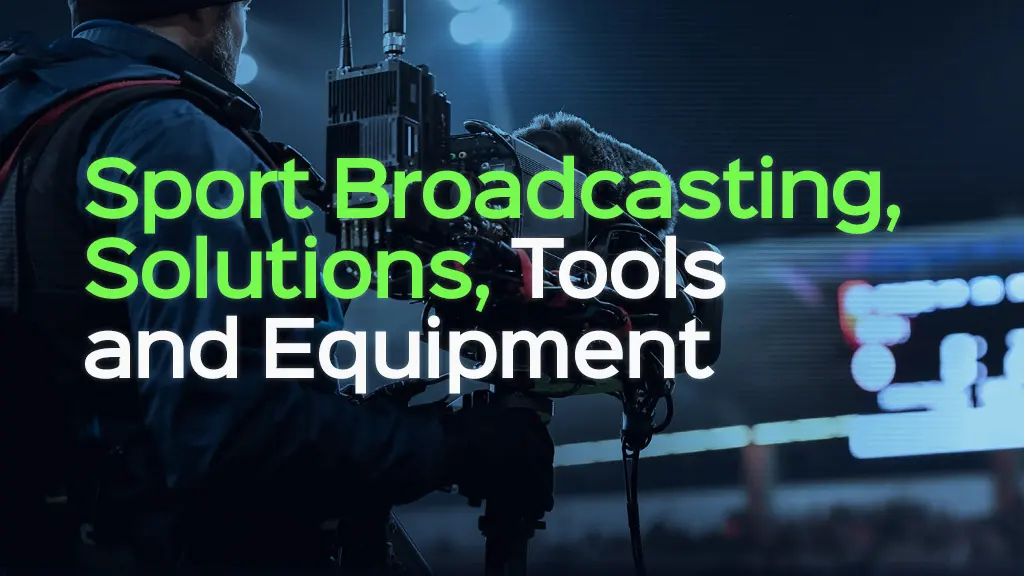
- Academy
Sport Broadcasting Solutions, Tools, and Equipment
Sport production and broadcast is a dynamic and essential component of the sports industry. It involves the capturing, processing, and dissemination of sports events to audiences across various platforms. From live broadcasts to highlight reels, sport production and broadcast play a crucial role in engaging fans, promoting athletes, and generating revenue for sports organizations.
The process of sport production and broadcast encompasses a wide range of activities, including capturing live footage using high-quality cameras, integrating real-time data into the broadcast, creating engaging graphics and visual effects, managing scheduling and content distribution, as well as delivering the final product to television networks or online streaming platforms.
Overall, sport production requires coordination between multiple teams including camera crew, audio team, graphics team, broadcast team etc along with use high-quality equipment including cameras, audio video mixer, broadcast management systems, graphics software, data integration software etc. With these tools it ensures that fans are provided with a captivating viewing experience while supporting the success of sporting organizations.
Live Sports Broadcast Solutions
Live sports broadcast production solutions encompass a range of technologies and strategies that work together to deliver exciting and engaging content to viewers. As the industry continues to innovate, staying updated on the latest advancements is crucial for broadcasters aiming to enhance their production quality and viewer experience.
Implementing effective live sports broadcast solutions is essential for delivering high-quality content to audiences. One of these solutions is the use of sport broadcasting equipment. In the following, we will introduce and influence Some of these equipment in the live sports broadcasting.
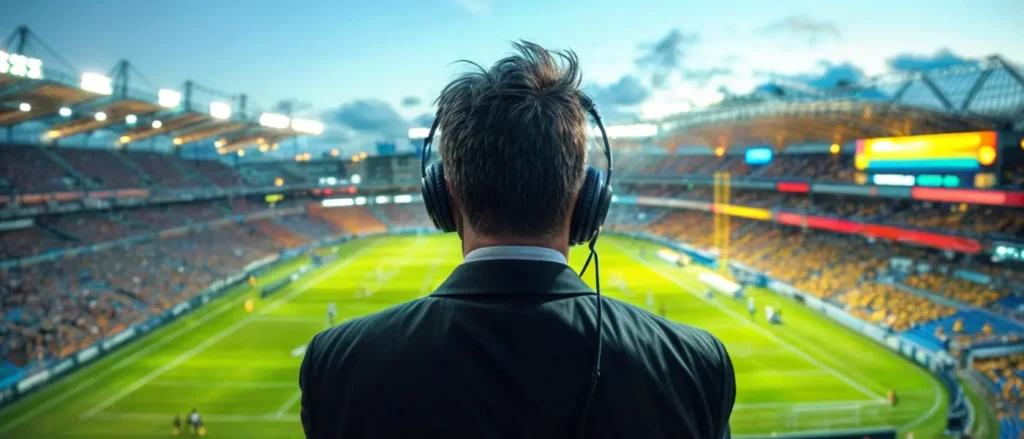
Essential equipment for live sport broadcasting
Successful sports production relies on a variety of specialized equipment to ensure high-quality broadcasts. Here’s some of the essential equipment used in live sport broadcasting:
Cameras
Cameras are one of the most critical components of live sports broadcasting, playing a pivotal role in capturing and delivering the excitement of sporting events to viewers. High-quality cameras and innovative angles keep viewers engaged, making them feel as if they are part of the action. This emotional connection is essential for attracting and retaining audiences. Operators can quickly switch between camera feeds to capture unexpected moments, such as celebrations or fouls, ensuring that viewers don’t miss any critical action.
SDI Video Processor
An SDI (Serial Digital Interface) video processor is a critical tool in live sports broadcasting designed to handle high-definition video signals with minimal latency and maximum quality. It is a key component of production control room equipment , enabling teams to manage, convert, and distribute video signals efficiently. These processors ensure seamless integration of multiple sources, which is essential for maintaining the high production quality expected in modern live sports broadcasts.
Video Mixer
The video mixer is a vital component of live sports broadcasting, influencing how events are captured, presented, and experienced by viewers. By allowing for real-time switching, graphics integration, and dynamic storytelling, video mixers enhance the overall production quality and viewer engagement. As technology continues to evolve, the capabilities of video mixers will play an increasingly important role in shaping the future of sports broadcasting.
Embedder and De-Embedder
Embedder and de-embedder devices are integral to the success of live sports broadcasting. By embedding audio directly into the video feed, broadcasters can maintain higher audio quality and synchronization, reducing the risk of audio lag, which is critical during live events. Combining audio and video into a single signal stream reduces the complexity of cabling and connections.
This simplification is vital in fast-paced environments like sports production, where quick setups and changes are necessary.
Audio De-embedders allow for flexible audio routing. For instance, if a specific audio source needs to be isolated for further processing or mixing, it can be easily extracted without affecting the video feed. The ability to manage audio independently means that sound engineers can make real-time adjustments to commentary, crowd noise, and other audio elements, enhancing the viewer’s experience.
With efficient embedding and de-embedding, production teams can focus on content rather than technical issues. This streamlining allows for quicker transitions between segments and more dynamic broadcasts.
Modern broadcasting setups often integrate various technologies. Embedders and de-embeders ensure compatibility between different devices, such as mixers, switchers, and cameras, facilitating a more cohesive production environment.
In sports broadcasts, multiple audio sources (like interviews, commentary, and ambient sounds) are common. Embedders and de-embedders enable the seamless integration and separation of these sources, allowing for richer audio experiences.
Read also :
Applications of studio equipment in tv news production
Audio video delay units for live sport broadcasting
The audio video delayer, particularly in its role as a profanity delay, is a vital component of live sports broadcasting. By implementing a profanity delay, broadcasters can review the live content and selectively censor or remove any undesirable language before it reaches the audience, ensuring compliance with broadcasting regulations and maintaining the integrity of the broadcast.
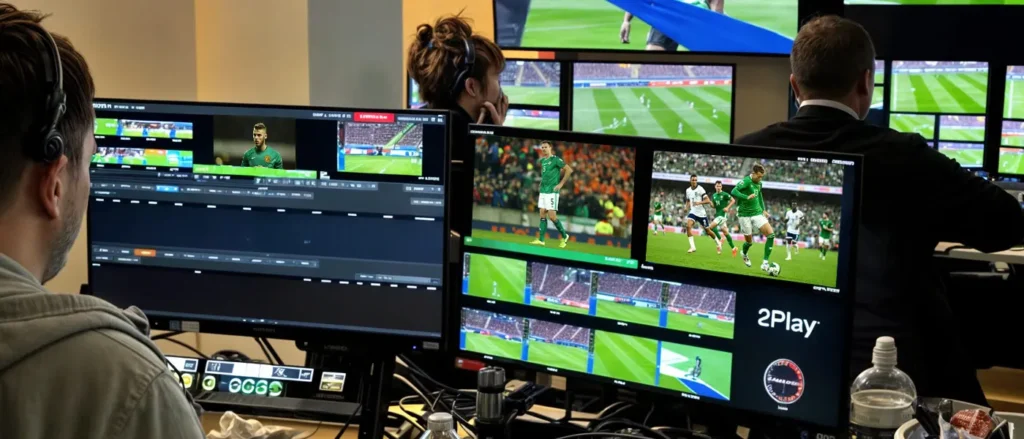
Multiviewer
Multiviewers play a crucial role in live sports broadcasting by providing operators with the ability to monitor multiple video sources simultaneously. This functionality enhances situational awareness, improves production efficiency, and supports dynamic storytelling. Also, a multiviewer is an invaluable tool in the realm of outside broadcast (OB) production, where live events are captured and transmitted from remote locations. The ability to monitor multiple video feeds simultaneously enhances the efficiency and effectiveness of live broadcasts.
studio Intercom systems in sport broadcasting
Intercom systems are essential communication tools in live sports broadcasting, facilitating real-time communication among production teams, camera operators, directors, and other crew members. Their effectiveness directly impacts the quality and efficiency of broadcasts.
Most intercom systems allow for both group communication (broadcasting to all team members) and private conversations, helping manage different aspects of the production. Also, intercom systems are designed to function well in noisy environments, ensuring that team members can communicate effectively despite background noise from crowds or equipment.
TV Sport Production Process
The TV sports production process is a multi-stage operation that ensures live events are captured, edited, and broadcast to audiences effectively. Here’s a detailed breakdown of the process:
Pre-Production: This phase includes scripting, planning camera angles, and coordinating with teams. Producers work closely with sports organizations to understand the event’s key moments.
Live Coverage: During the event, the production team must be agile. With the use of multi-view technology, they can monitor various camera feeds simultaneously.
Sport broadcast equipment’s like video mixer, multiview and SDI distribution modules from Samim are indispensable throughout this process, enabling real-time decision-making and seamless integration of various media sources.
Post-Production: After the event, the footage is edited for highlight reels, analysis, and replays. This stage allows for the addition of graphics, commentary, and other enhancements.
Sports Production Challenges
Despite advancements in technology, sports production faces several challenges:
Technical Issues: Equipment failures or connectivity problems can disrupt live broadcasts. Having backup systems and redundancy plans is essential.
Latency: Delays can occur during transmission, affecting viewer experience. Companies must invest in low-latency solutions to keep broadcasts in sync.
Content Management:As the volume of content increases, managing and archiving footage becomes complex. Effective content management systems are necessary to handle this data.
Samim Live Sports Broadcast Solutions
The landscape of sports broadcasting is continuously evolving, driven by technological advancements and changing viewer expectations. Companies like Samim are instrumental in shaping this industry, providing the solutions and equipment that allows broadcasters to deliver exceptional experiences to sports fans around the world. Samim is a leader in providing innovative live sports broadcast solutions. Their range of products, including SDI Video Processor, Video Mixer, live broadcast delay systems, Embedder and De-Embedder, Multiviewer, intercom and so on, offers broadcasters the tools they need to deliver high-quality content.
Read more about our solutions : https://www.samimgroup.com/full-hd-studio/
